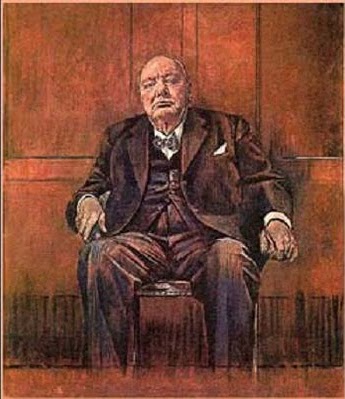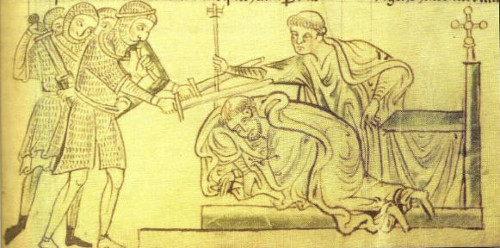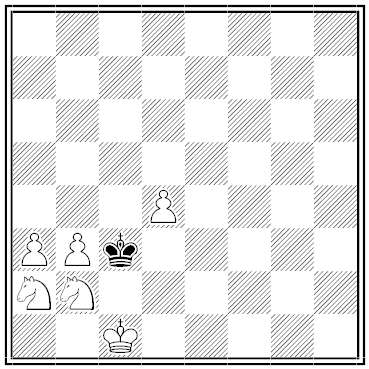One day [A.J. Conant] asked Mr. Lincoln how he became interested in the law. ‘It was Blackstone’s “Commentaries” that did it,’ said Mr. Lincoln, and then he related how he first happened on the books. ‘I was keeping store in New Salem, when one day a man who was migrating to the West drove up with a wagon which contained his family and household plunder. He asked me if I would buy an old barrel for which he had no room in his wagon, and which he said contained nothing of special value. I did not want it, but to oblige him I bought it and paid him, I think, half a dollar. Without further examination I put it away in the store and forgot all about it. Sometime after, in overhauling things, I came upon the barrel and emptied its contents upon the floor. I found at the bottom of the rubbish a complete edition of Blackstone’s “Commentaries.” I began to read those famous works, and I had plenty of time, for during the long summer days, when the farmers were busy with their crops, my customers were few and far between. The more I read’ — this he said with unusual emphasis — ‘the more intensely interested I became. Never in my whole life was my mind so thoroughly absorbed. I read until I devoured them.’ …
— Ida M. Tarbell, Selections From the Letters, Speeches, and State Papers of Abraham Lincoln, 1911



